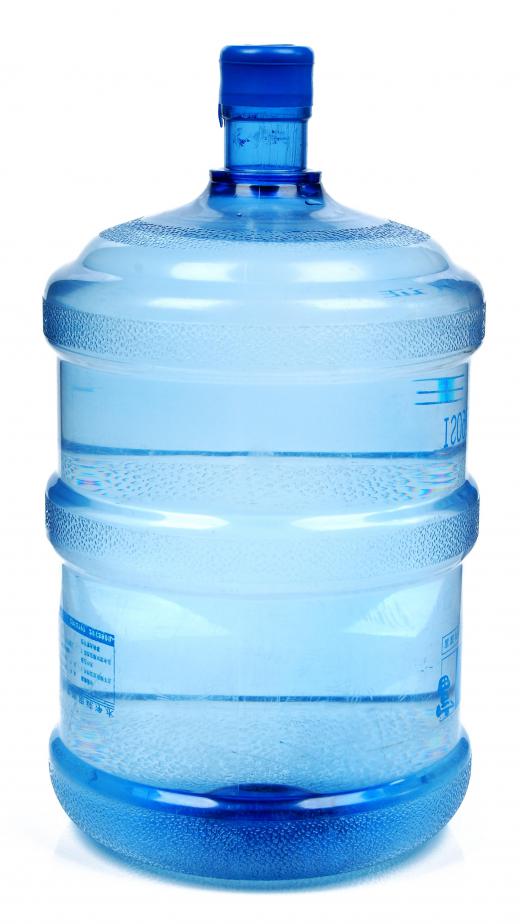Bronze is a metal alloy produced by blending copper and tin in various amounts, depending on the application. Additional elements, such as manganese, lead, and phosphorous, are added to create alloys with specific properties. This metal is commonly found in bells, statuary, bearings, gears, valves, pipes, and other plumbing fittings, and it is a sturdy, durable metal when well cared for. Humans have been working with it for over 3,000 years in various parts of the world, using it for weapons, coins, tableware, and an assortment of other household purposes.
Most bronze is made by smelting copper and tin together. When it's cast for use in statues, it often contains between about 10% tin and a little zinc and lead. When it's used in bells it usually has between 20 and 25% tin. Additives are included when the metal needs to be more workable, harder, or easier to cast. For example, phosphorous is added to harden it for use in tubing and various machine parts, while lead is included to make it take more readily to casting. It is often confused with brass, an alloy of copper and zinc, but the two metals have different properties and are used for different things. In addition, it is much harder than brass.

This metal has several properties that make it valuable in industrial applications. The first is that it causes minimal friction, making it highly useful for machine parts and other applications that involve metal-on-metal contact, such as gears. It is also non-sparking, so it is often used to make tools for use in combustible environments. Its resonance also makes it ideal for use in casting bells.

One of the more unique properties of bronze is the natural patina that forms on it, turning the surface a dark, dull color. This patina is actively encouraged with most items, because it provides a protective layer, preventing oxidation below the surface. Before being shipped, most items are coated with a thin layer of lacquer to protect the metal and the patina, making the items very easy to care for.

This metal alloy looks its best when it is minimally treated. It should be kept very clean with a soft cloth, and it can be waxed every couple of years to renew the patina, but it should not be heavily polished or scrubbed, and abrasives should never be used. Very dirty items can be gently brushed or washed with a solution of 1 tablespoon (18 g) of salt to 3 quarts (2.8 l) of boiling water, as long as it is rinsed clean and dried afterwards. Rarely, items will be attacked by “bronze disease,” a type of corrosion that eats into the metal. If a piece starts to corrode, it can be washed in multiple changes of boiling distilled water, or professionally treated.
Ever since she began contributing to the site several years ago, Mary has embraced the exciting challenge of being a About Mechanics researcher and writer. Mary has a liberal arts degree from Goddard College and spends her free time reading, cooking, and exploring the great outdoors.

